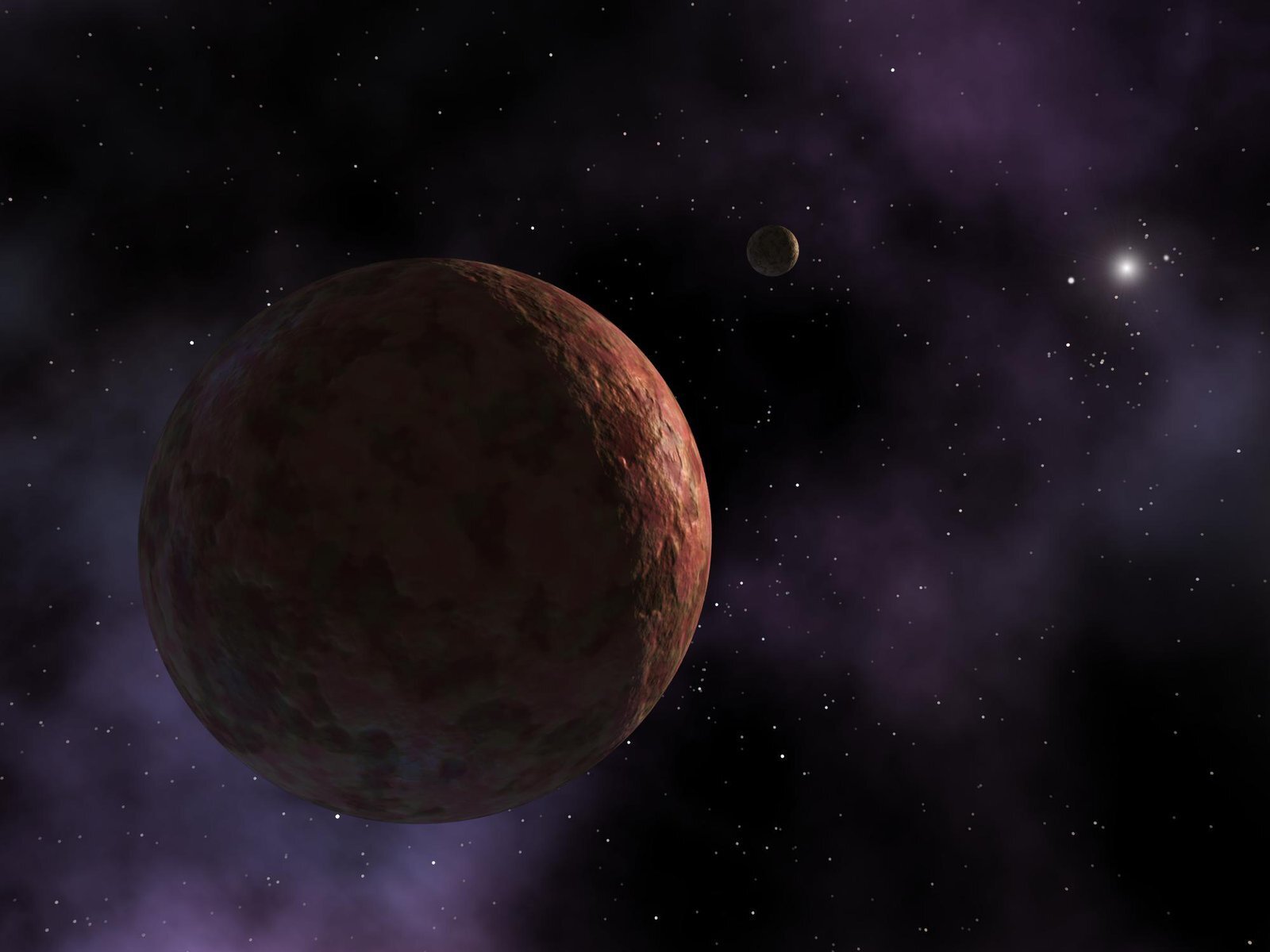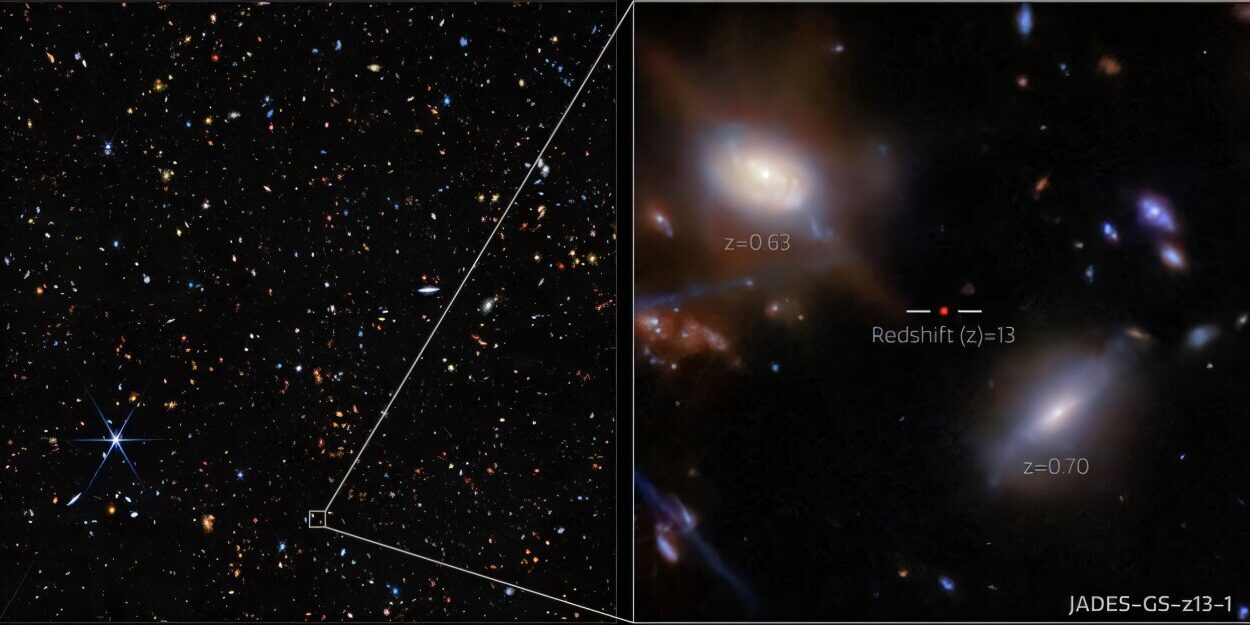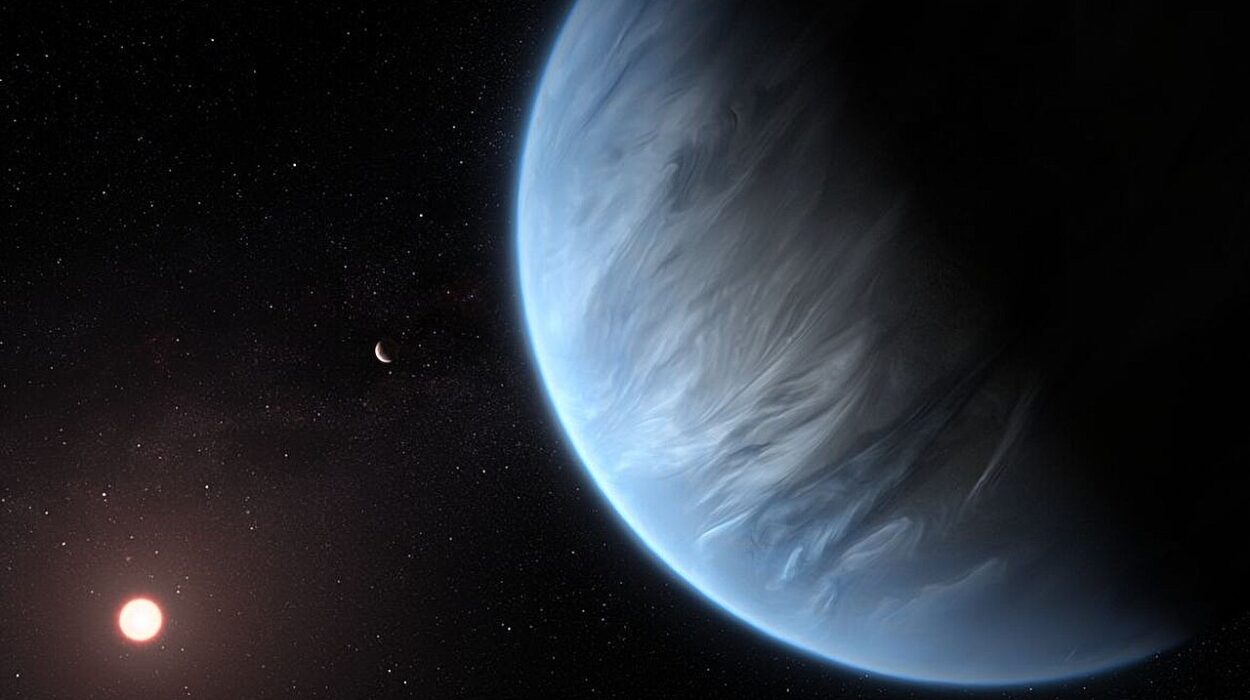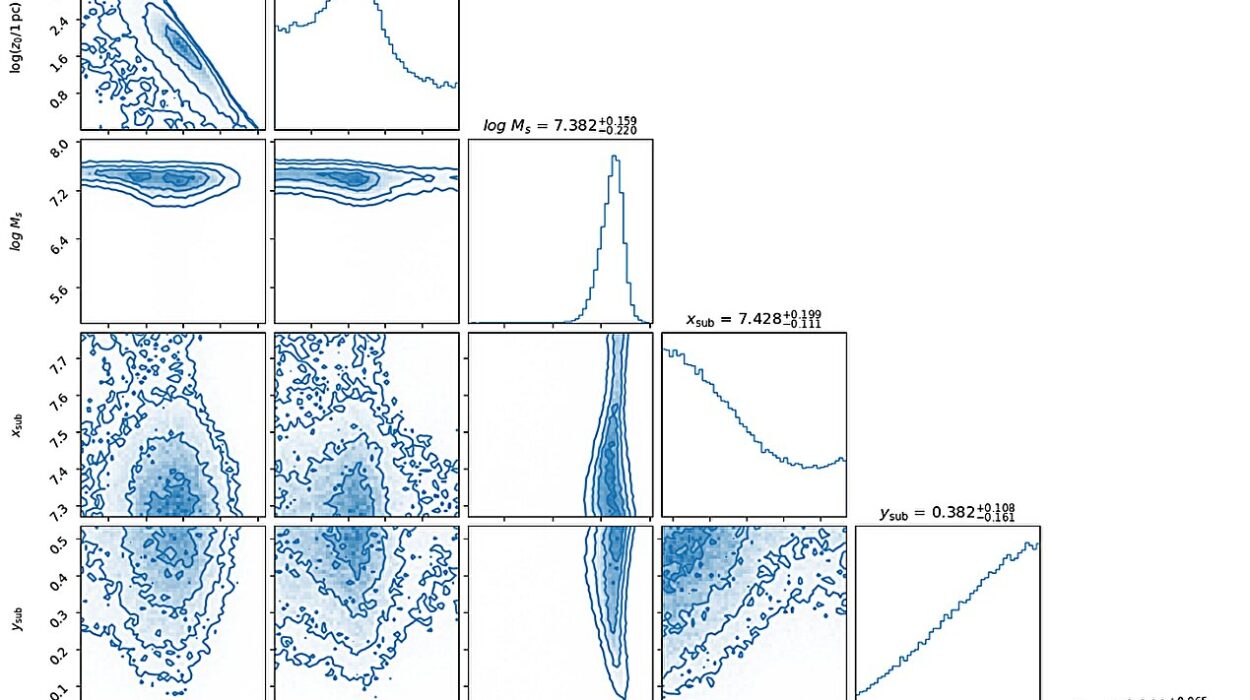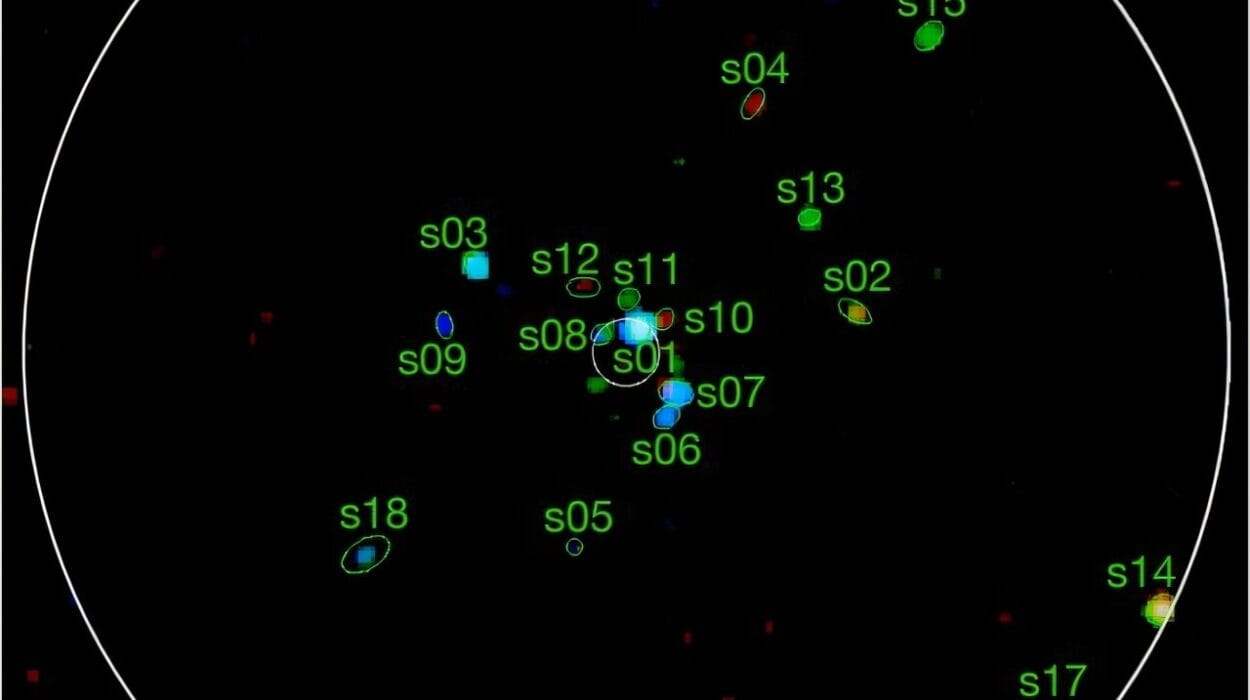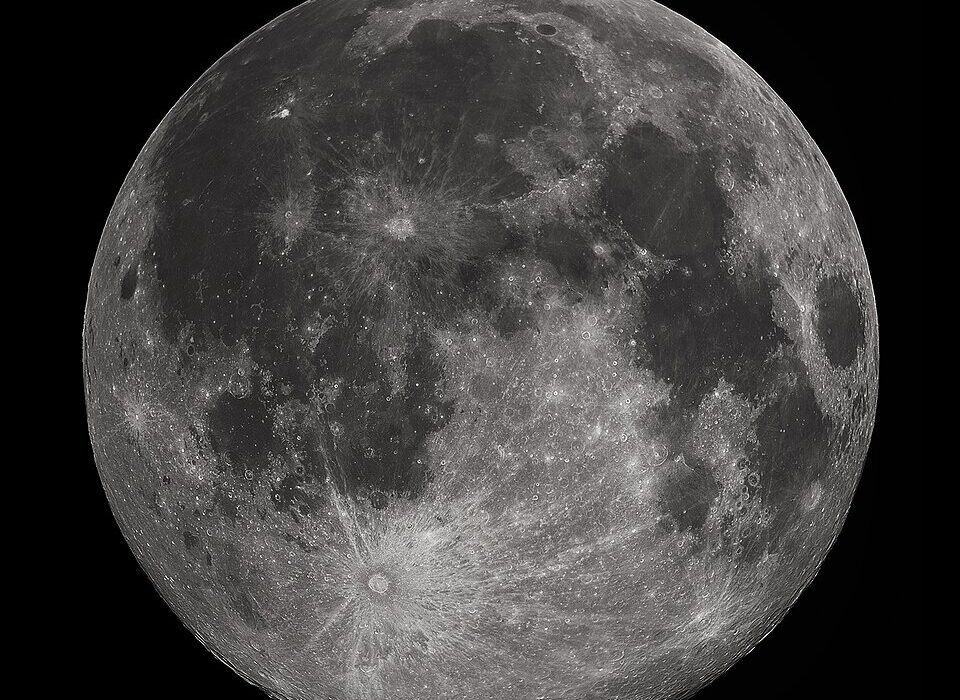In the frigid darkness beyond Pluto, where sunlight is a faint whisper and temperatures drop to an unimaginable −240°C, a lonely, crimson world drifts through the void. Its name is Sedna—a dwarf planet unlike any other. With an orbit so vast and eccentric it takes more than 11,000 years to circle the sun just once, Sedna may hold the keys to the most distant and ancient corners of our solar system.
Now, a new mission concept proposes sending a spacecraft to Sedna, using propulsion systems so revolutionary they sound like science fiction. This bold endeavor isn’t just about reaching a frozen rock at the edge of space. It’s about rewriting the origin story of our cosmic neighborhood—and perhaps, glimpsing the faint gravitational fingerprints of unknown forces that shaped it.
Sedna: The Solar System’s Phantom Wanderer
Discovered in 2003, Sedna quickly stood out among the countless icy bodies orbiting beyond Neptune. At its farthest, it drifts some 900 astronomical units (AU) from the sun—900 times the distance between Earth and the sun. Even at its closest, it remains over 76 AU away, nearly three times farther than Neptune’s orbit. It is one of the most remote objects ever observed.
But Sedna’s isolation isn’t the only mystery. Its orbit doesn’t match the typical paths of Kuiper Belt objects or dwarf planets. Instead, it belongs to a new orbital class dubbed the sednoids—a name as ghostly and strange as the objects themselves. These bodies may be the first known members of the inner Oort Cloud, a hypothesized shell of icy objects encasing the entire solar system.
If that’s true, Sedna could be a fossil—preserved since the formation of the solar system, largely untouched by the chaos closer to the sun. Unlocking its secrets could help scientists understand how the planets formed, how the early solar system evolved, and even whether hidden forces like nearby stars or an as-yet-undiscovered giant planet helped shape the solar system’s outer boundaries.
Racing Against Time and Distance
Right now, Sedna is heading toward its closest point to the sun—its perihelion—a rare moment that won’t come again for over 10,000 years. That moment will occur between 2075 and 2076, when Sedna will be “just” 76.19 AU away. While still unimaginably distant, this is the best—and only—window we’ll have for centuries to send a spacecraft capable of reaching it.
It’s a narrow target in both time and space. Any mission to Sedna must not only overcome the vast gulf of cold vacuum separating Earth from this icy world, but must do so fast—before Sedna retreats again into the cosmic shadows. That’s where the new propulsion concepts come in.
Fusion Engines and Solar Wind: Two Radical Paths to a Distant World
A recent feasibility study posted to the arXiv preprint server explores two cutting-edge propulsion systems that could reach Sedna before the opportunity vanishes. The first is the Direct Fusion Drive (DFD)—a futuristic nuclear engine capable of producing both thrust and electrical power by fusing atomic nuclei. The second? An innovative twist on the solar sail, using sunlight not just to push a reflective sheet but to heat specially engineered materials that release gas and generate thrust.
Each approach has its advantages—and its challenges.
The DFD is an engineering dream. Modeled on a 1.6-megawatt system, it promises sustained thrust and unprecedented speed, propelling a 1,000-kilogram spacecraft to Pluto in just four years and Sedna in about ten. More importantly, it could slow the spacecraft down once it arrives, allowing it to enter orbit around Sedna rather than simply fly past.
But there’s a catch. Fusion propulsion remains largely theoretical. Though researchers are making progress in experimental reactors, we’re still years—possibly decades—from harnessing the kind of stable fusion needed for spaceflight. Building and launching such a system would require enormous advances in materials science, plasma containment, and in-space power generation.
The second option, thermal desorption sailing, is rooted more firmly in the present. Solar sails have already flown in space, and this version uses heat to kick off molecules from specially coated surfaces, generating extra thrust. Combined with a carefully timed gravity assist around Jupiter, this sail could reach Sedna in just seven years—faster than the fusion drive.
But speed comes with a trade-off: this mission would be a flyby. It would whip past Sedna in a matter of hours, gathering images and data in a fleeting moment before continuing into the deep unknown.
Flyby or Orbit: The Future Hinges on Risk and Imagination
Choosing between the two approaches means choosing between two scientific philosophies.
The solar sail offers speed, simplicity, and relatively near-term feasibility. But it limits scientists to a brief snapshot—a tantalizing glimpse of Sedna’s surface, perhaps some measurements of its tenuous atmosphere or magnetic field, and little else.
The DFD, if developed in time, could do far more. By entering orbit, it would allow extended mapping, compositional analysis, and even the chance to search for moons, rings, or signs of geological activity. It would transform Sedna from a fleeting photograph into a full chapter of solar system history.
“This speed difference highlights the fundamental trade-offs in deep space exploration,” the study’s authors note. “Due to the different performances, the DFD would enable orbit insertion whereas for the solar sail, only a flyby is envisioned.”
The stakes are high, but so is the reward. Sedna may contain preserved organic molecules from the dawn of the solar system, untouched by solar radiation. Its reddish hue hints at complex surface chemistry, possibly tied to frozen methane or other ancient compounds. And if Sedna belongs to the inner Oort Cloud, it’s a sentry at the gateway to a realm of trillions of hidden objects waiting to be explored.
A Race Not Against Rivals, But Against Time
The window to reach Sedna is closing. In a matter of decades, it will swing past its perihelion and vanish again into the farthest depths of space. If we don’t act soon, the opportunity may not come again until the year 12,000 A.D.
The mission concepts presented by Elena Ancona and her team at Politecnico di Bari represent a crossroads in space exploration. Will humanity invest in building the advanced engines needed to chase Sedna into the outer solar system? Or will we settle for a quick glimpse, hoping the next generation will get another chance?
More broadly, this is a test of our ambition. We’ve flown rovers to Mars, probes past Jupiter, and landers to comets. But reaching Sedna would mark a new frontier—not just in distance, but in what we’re willing to risk for knowledge.
The Last Light Before the Deep
Out there, on the edge of the solar system, Sedna continues its silent voyage—a crimson ember in the eternal cold. Whether we rise to meet it will define the boundaries of our curiosity and our courage.
To reach Sedna is to reach beyond what we’ve known, to stretch the human story toward its outermost pages. It is not just a scientific goal—it is a calling.
And the clock is ticking.
Reference: Elena Ancona et al, Feasibility study of a mission to Sedna—Nuclear propulsion and advanced solar sailing concepts, arXiv (2025). DOI: 10.48550/arxiv.2506.17732
